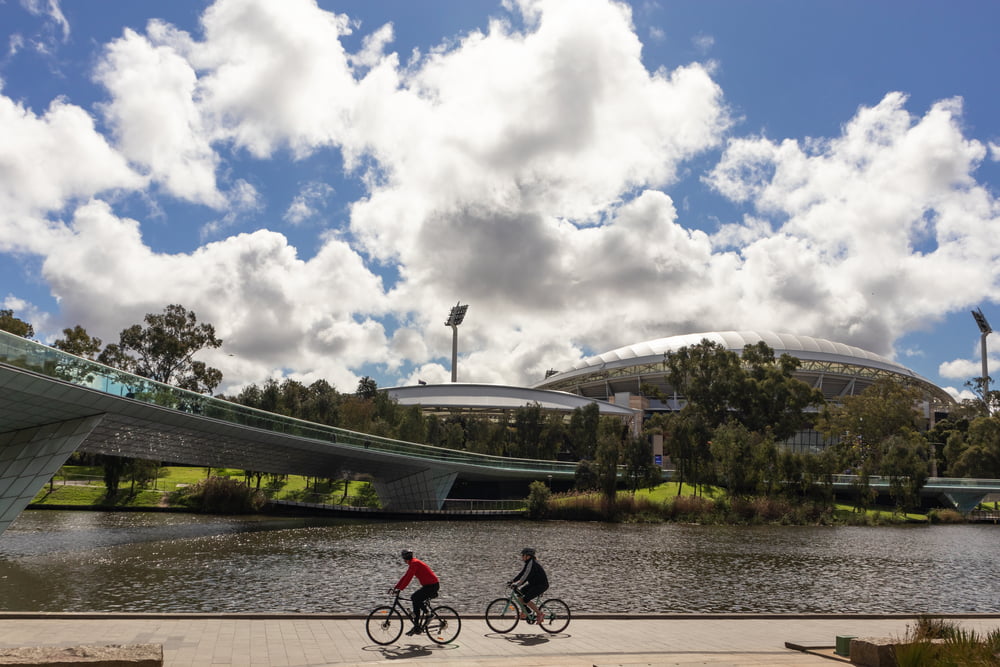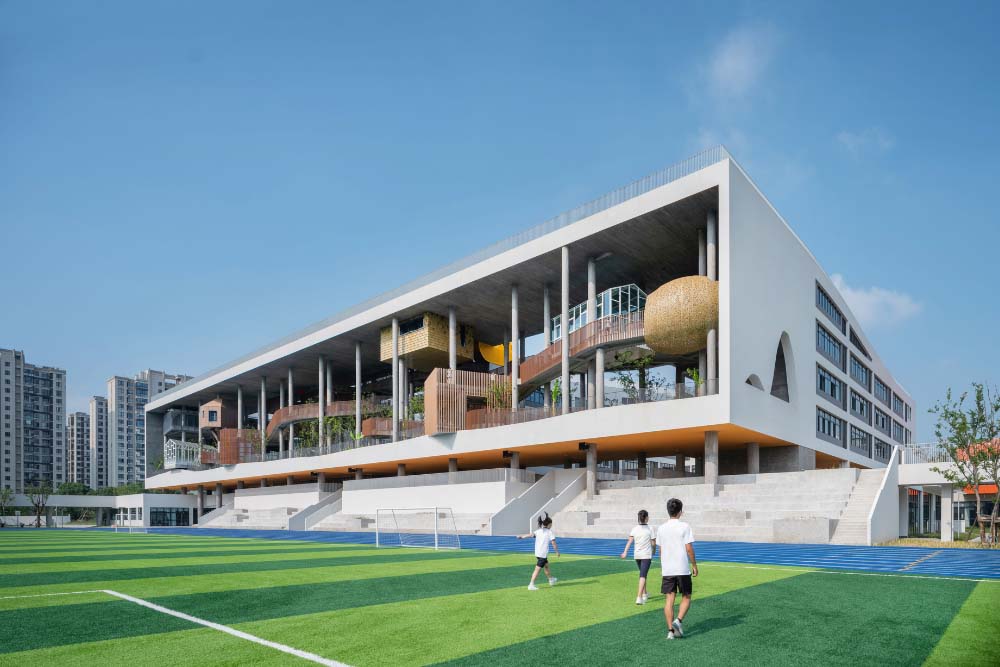
New research from the University of South Australia indicates important gaps in urban planning data need to be addressed to ensure key development decisions are evidence-based.
The South Australian Government is working on a new metropolitan planning strategy to make Greater Adelaide more sustainable and liveable, but a new report from the UniSA node of the Australian Housing and Urban Research Institute (AHURI) suggests spatial data available to urban planners does not sufficiently support concepts like active transport, such as cycling and walking, and mixed-use land and buildings.
Lead researcher, Professor Stefanie Dühr, said while intentions to move towards a sustainable future for cities like Adelaide make sense, urban planners require comprehensive, up-to-date and compatible spatial datasets that can inform urban policies and allow planning outcomes to be measured.
“There is currently a gap between the data being collected and the data end-users need, particularly for urban planners, and there are important gaps in the data available on certain topics,” Prof Dühr detailed.
“So, for example, where traffic flows are measured, datasets are strongly focused on motorised road traffic use only. Data on other modes of transport, notably movements of pedestrians and cyclists are not collected systematically, and this presents an important blind spot on alternative forms of transport.”
“If we don’t know who uses public spaces such as walkways and cycle paths, and when and how they use them, we cannot plan adequately for current or future use.”
Prof Dühr commented that public behaviour in response to the COVID-19 pandemic shows that robust alternatives to motorised transport are needed, with pavements, walkways and cycle paths in Australian cities becoming overcrowded as demand for walking and cycling has increased.
“If we are serious about making walking and cycling more attractive as transport options for Australians, we need to make the right policy choices, and we need solid evidence to support our policies and be able to measure whether we have achieved our goals,” Prof Dühr said.
“This means giving more attention to spatial data at different scales and on topics that have obviously not been given sufficient attention.”
Prof Dühr added that, while techniques and technologies for collecting and sharing spatial data are more advanced than ever, systemic problems including the privatisation of collection processes and lack of shared industry standards are preventing optimum data use.
“Data initiatives such as high‐resolution, frequently updated remote sensing and LiDAR data offer great opportunities for urban planners, but from a planning perspective, we need to ensure such datasets are accessible and can be tailored to the needs of the specific planning tasks, and that public sector planners have the skills to make use of such advances in data technologies.”
Prof Dühr and her research colleagues acknowledge that, as urban planning tasks are increasingly complex, so too is the range of data needed to inform plans and strategies, and they suggest governments need to develop clear techniques to ensure that collection, analysis and application of data can meet official urban development aspirations.
“Bridging the gap between data providers and data users, especially in relation to the requirements of urban planning, will be important if progress towards sustainable development and low‐carbon cities is to be made,” she said.
“This will require some political acknowledgement of the important role that spatial planning has in achieving positive societal outcomes – something which may be difficult to achieve given the current emphasis on facilitating economic investment and consequently the scaling back of planning regulation.”












